SEND ‘Tip of the Month’ May 2021
Why do sensory behaviours happen? Imagine each of the 5 senses has a cup. Some cups are tiny, some are large. The student’s main focus is keeping each cup full, without having it...
Filter by Category
Filter by Author


















































































































































































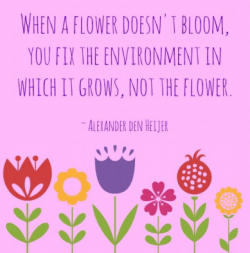
Why do sensory behaviours happen? Imagine each of the 5 senses has a cup. Some cups are tiny, some are large. The student’s main focus is keeping each cup full, without having it...
Posted by Roa Dillon

Posted by Di Mcildowie

Posted by Danielle Bowe
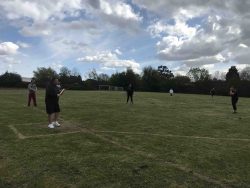
As part of mental health awareness week over 20 members of staff took part in a friendly – well supposedly friendly!! – rounders match on Wednesday afternoon. Split...
Posted by Sarah Cooper
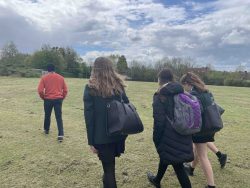
It was wonderful to see the school community coming together to celebrate Mental Health Awareness week in such a positive way. Activities across the week, embraced this years...
Posted by Kashan Malik
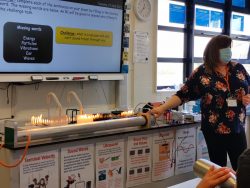
It was a real pleasure to see Ms Booth in action with a Year 7 class using fire from a Ruben’s tube and some nostalgic music in a fun and hugely enjoyed science lesson. A...
Posted by Suresh Varsani
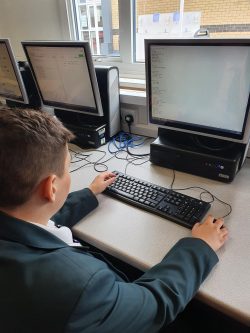
Computer science is a very large subject with lots of applications. Computer scientists design new software, solve computing problems and develop different ways to use technology....
Posted by Amita Vaghela
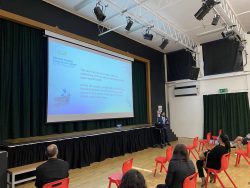
I would like to thank Mr Malik and all the staff and students who have been involved in all the activities across the school as part of the national Mental Health Awareness Week....
Posted by Jeremy Turner
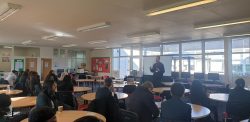
Our year 11 Time to Sh9ne group completed their final two sessions in the sixth form centre this week. In Science the students were given advice by Mr Charmokly on the ‘long...
Posted by Lauren Wright

For the last two months a group of keen readers from years 7,8, and 11, have been reading the eight books shortlisted for this year’s Carnegie Medal. The CILIP Carnegie...
Posted by Teresa Turton
Why do sensory behaviours happen?
Imagine each of the 5 senses has a cup. Some cups are tiny, some are large. The student’s main focus is keeping each cup full, without having it overflow or empty too quickly. If a student has a small cup in one sense, they become overwhelmed with even a tiny amount of input because the cup fills so quickly. At the same time, they may have other cups that are huge and need constant input. When this happens, the student becomes consumed by the need to fill their cup and may have a hard time following directions, sleeping, or even communicating because their mental energy is focused on the immediate physical need.
Imagine that all of the cups are actually connected. When one or more cups are too full or too empty, it affects the rest of the cups, and it throws the rest of the system out of balance. We call this dysregulation, because the sensory system is disorganised.
Sensory processing is a constant balance between regulation and dysregulation. Our ultimate goal is to identify dysregulation and achieve regulation as much as possible. For the student to be regulated, they need the opportunity and experience of participating in sensory activities that help them empty or fill their cups. Providing them with these opportunities is how WE can support their sensory needs.
What NOT to do when a student is dysregulated:
Successful strategies to consider:
Thought for the day:
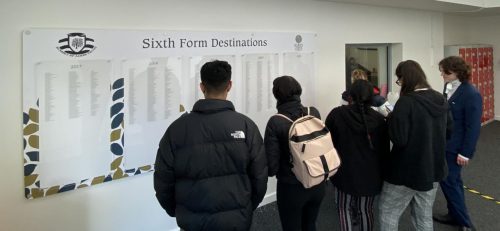
On Tuesday afternoon a smart ‘Sixth Form Destinations’ board went up in the newly refurbished foyer of our smart Sixth Form Centre. Within minutes, a crowd of aspirational...
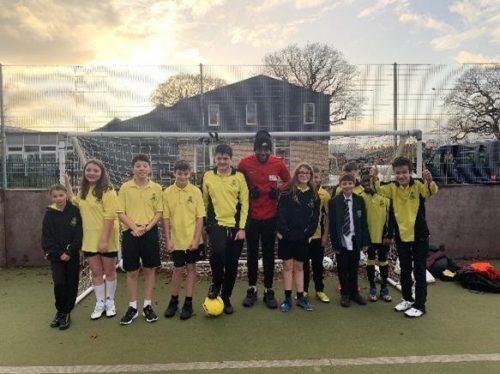
On Monday 6th December a group of students from Learning Support were very fortunate to take part in a football session run by Chid from Hertfordshire Learning Disability...